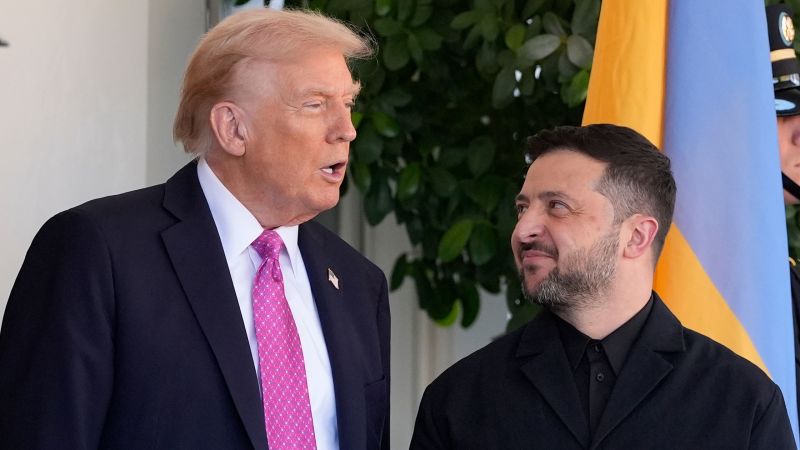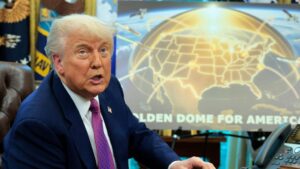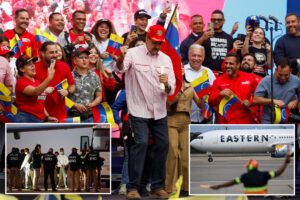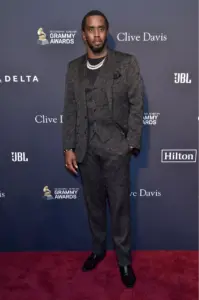
Relations between US President Donald Trump and Ukrainian President Volodymyr Zelensky have shown signs of improvement following their recent meeting. However, the substantial military support that Kyiv seeks remains elusive. Despite nine months of intense diplomatic negotiations, Trump still appears inclined to engage in dialogue with Russian President Vladimir Putin rather than escalate military actions against Russia.
During the meeting, there were indications of a potential ceasefire along current battle lines, with Trump suggesting, “They should stop where they are.” This statement aligns with Zelensky’s call for a halt to hostilities, emphasizing the importance of dialogue. Following the meeting, Zelensky remarked, “We have to stop where we are. This is important, to stop where we are, and then to speak.”
While the conversation included discussions about military support, particularly regarding Tomahawk missiles, the implications of such support remain complex. Trump highlighted the capabilities of the Tomahawk missiles, stating, “That is why we are here. Tomahawks are very dangerous… It could mean escalation – a lot of bad things could happen.” This acknowledgment of military hardware underscores a significant shift in Trump’s willingness to consider providing advanced weaponry to Ukraine.
Despite this, Trump’s comments also suggested a cautious approach. He indicated a preference for resolving the conflict without military escalation, reiterating, “Hopefully we will be able to get this war over with without thinking about Tomahawks.” The reality, however, is that the logistics of supplying Ukraine with Tomahawks are challenging. Typically sea-launched, it would take months for Ukraine to adapt these missiles for land use, and their cost—approximately $2 million each—means they must be deployed judiciously against high-value targets.
Zelensky, reflecting on the discussions, maintained a realistic perspective on the potential for missile support, stating, “I am realistic,” when asked about optimism regarding the missiles. The ambiguity surrounding their agreement suggests that both leaders recognize the delicate balance of military assistance and the desire to avoid further escalation.
Trump’s admission that he has been manipulated by Putin in the past reflects a newfound awareness of the challenges in dealing with the Kremlin. He stated, “I have been played all my life by the best of them, and I came out really well.” This acknowledgment may signal a shift in strategy as Trump prepares for a future summit with Putin, where he might be better equipped to understand the dynamics of the negotiation.
While the timeline for a potential peace agreement remains uncertain, the lack of progress in Putin’s military objectives is noteworthy. As winter approaches, Ukrainian positions around key towns like Pokrovsk, Kupiansk, and Kostyantynivka have largely held, contrary to expectations. The grinding nature of the conflict has left Ukraine in a precarious situation, but resilience and strategic use of resources have allowed Kyiv to maintain its territory.
The upcoming winter poses additional challenges for both sides. With foliage stripped bare, Russian troops may find it more difficult to advance, reducing their tactical advantages. As Trump noted, “They make a very good drone,” highlighting Ukraine’s effective use of technology in the conflict.
The situation is further complicated by internal pressures facing the Kremlin. Russia’s inability to achieve decisive victories, compounded by economic strain from Ukrainian strikes on oil facilities and rising inflation, raises questions about Putin’s capacity to sustain prolonged military operations. The prospect of enduring a harsh winter without significant gains may lead to increased scrutiny of his strategy and objectives.
Zelensky has navigated a complex international landscape, securing support from European allies as the US reassesses its role in the conflict. The dynamic has shifted, with Europe stepping up its military and financial assistance to Ukraine, while Kyiv continues to advocate for NATO membership and enhanced support for its defense.
As the conflict evolves, the implications of Trump’s meeting with Zelensky will unfold. The discussions about military support and the potential for diplomacy reflect the ongoing complexities of the situation. Both leaders must now consider their next moves as the international community closely watches the developments in Ukraine.






